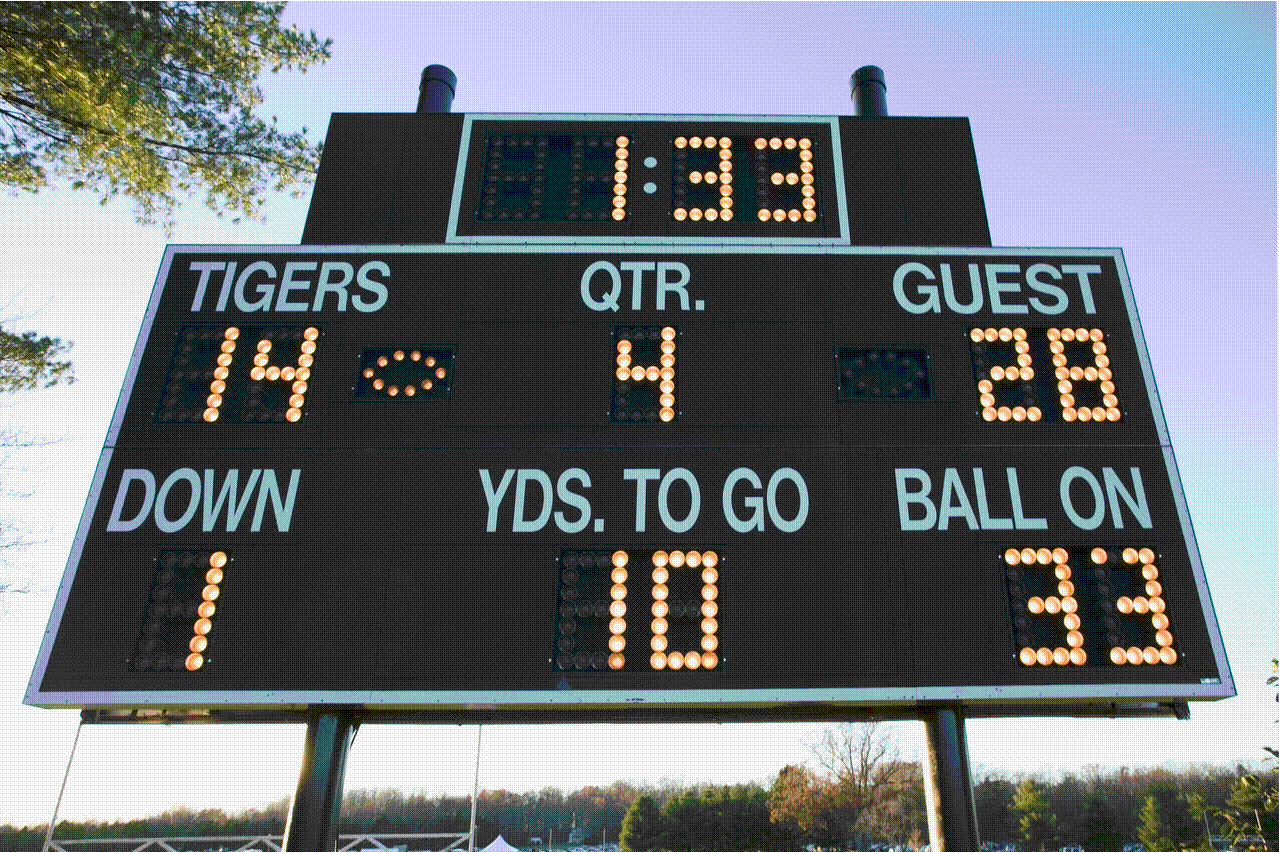Gamification has become a hot topic in the field of marketing and sales training. Used properly, this technique can create an extremely productive workplace culture and foster innovation among your sales staff. Used improperly, gamification can detract from the cohesion of your sales team and encourage undesired behaviors. If you’ve decided to use gamification as part of your business strategy, then you should make absolutely sure that the objectives of the ‘games’ are truly in alignment with the objectives of your business plan.
When the ideal gamification plan is in place, an employee only wins when the company also wins. When designing your plan, it may be helpful to remind yourself of the specific employee behaviors that result in a win for your company and the specific employee behaviors that result in a loss for the company. No two companies will have the exact same list of behaviors; the culture of your office and the personalities that make up your sales team will determine which behaviors your gamification plan should encourage in your employees. Encouraging the wrong behaviors can cause the plan to fail.
The culture of your office will also determine how much of a disparity there should be between an employee win and an employee loss. Too small of a disparity will make your gamification meaningless and result in too small of a boost in productivity. Too large of a disparity will result in the alienation of employees who do not win frequently. If the risk of losing outweighs the reward of winning, your gamification plan can fail because employees have a greater incentive not to participate than to participate.
Carefully aligning your gamification plan to your business strategy can help you avoid pitfalls and increase the productivity of your sales and marketing teams. Evaluate your business plan and the employee behaviors that will help or hinder its progress. Armed with this information, you will have what you need to get the most out of executing an innovative incentive plan.
